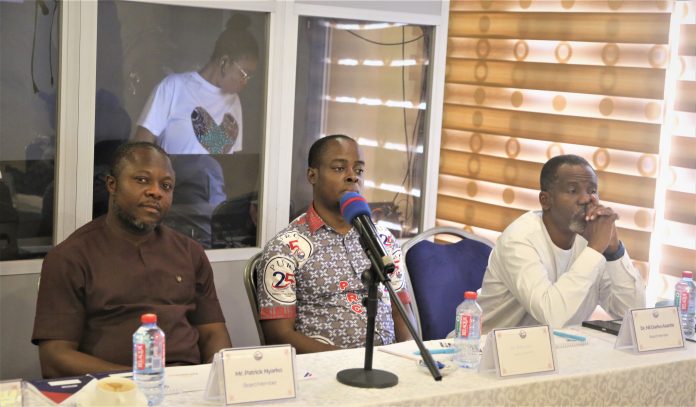
Ghana’s Public Utilities Regulatory Commission (PURC) has justified the recent increase in electricity and water tariffs effective June 1, 2023, saying the hikes are to enable utilities to recover the cost.
According to PURC’s Executive Secretary, Dr. Ishmael Ackah, the power sector currently has a deficit of Gh¢1.314 billion from generation, transmission and distribution.
He stressed that the power sector needs to be financially viable to survive the next quarter.
“The 2nd quarter tariff decision of 18.36% for electricity helps to fully recover 100% of the inflationary effect, 100% of the gas price effect and 50% of the exchange rate effect,” Dr Ackah stated.
Speaking at a media training programme over the weekend, Dr Ishmael Ackah noted that the recent electricity tariff should have been 27.51 per cent but the commission noted that only GH¢877,70 million was recovered, leaving a balance of GH¢437.22 million.
On the waterside, Dr Ackah said the amount yet to be recovered was Gh¢650,267,162 million.
Touching on gas supply, Dr Ackah said the Jubilee Field contributed 32.7 per cent of gas, which is about 51.8 per cent while Nigeria Gas (N-Gas) contributed 15.1 per cent for the period.
He added that the price of gas from the Jubilee Field was US cent 0.5, similarly, Sankofa was US Dollars amounting to 6,6272 and N-Gas was US Dollars (8,1510).
He explained that the contribution of the Jubilee Fields reduced marginally to 32.25 whilst Sankofa increased from US$8.1510, which changed the dynamics in the variable cost determinants.
Touching on the price of N-Gas, he said it has also increased from US$8.1510/MMBtu to US$8.6641MMBtu and it is reflected in the changes in the prices.
“The overall implications are the weighted average cost of gas was US$6.0952/MMBtu in the first quarter and has now increased to US$65.5165/MMBu in the second quarter, representing a 6.9% increase.
“Other factors crucial for determining the prices in the sector he said, include exchange rates which were not stable for the period. In addition to this, he said the Hydro-thermal mix for the period of June to August was significantly affected.
“The third viable was the projected inflation figure for the year, which was 29.01 per cent, thus, 42.63 per cent.
“Divided for the period, the PURC noted that it averaged 50.47 per cent quarter,” he explained.
Source: https://energynewsafrica.com














